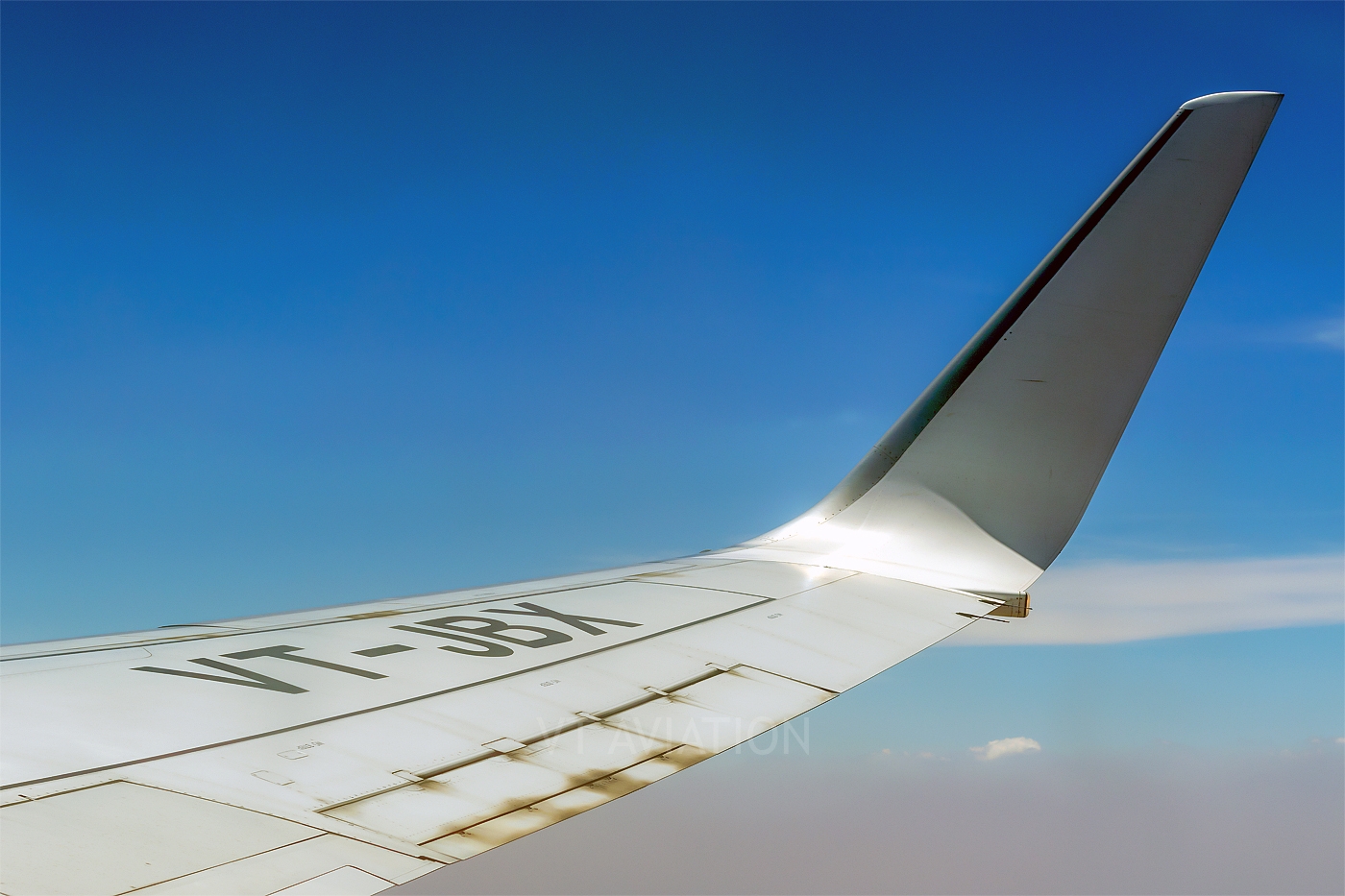No more fallacies. Why do airplanes fly?
Or to be more precise, how is the force that keeps them in the air generated?
It is incredible that in the middle of the 21st century, where thousands of air vehicles fly across the globe daily, neither science nor engineering has been able to describe in detail the physical mechanism that causes the lifting 'force'*, which allows them to stay off the ground. Various hypotheses have been raised since the first flying apparatus took to the skies; however, none of these fulfill all aspects, and even the most reasonable ones remain debatable since they do not offer a general solution to all cases or flight conditions.
Among the most widespread or well-known hypotheses, there is one that tries to explain that the lift 'force' is a consequence of the existing pressure difference between the lower and upper sides of a wing, related to 'Bernoulli's principle'; it has been colloquially called (perhaps disparagingly) “the explanation for pilots”, although, indeed, even novice engineers could not understand such a phenomenon in any other way, simply because it is a very intuitive, but partially wrong way of explaining it. Another hypothesis relates the generation of lift as a reaction force (Newton's 3rd Law) to the deflection ("downwash") of the surrounding fluid; however, this approach is not capable of explaining why a flat plate, for instance, your credit card, produces lift when you hold it upwind outside the car window; that is, it only applies to curved surfaces like wings. Although it must be said that such an approach greatly simplifies the effect that wingtip vortices have on the lift, those eddies that engineers try to reduce by adding a structural element to the wing tips of modern aircraft to reduce the drag 'force' and save fuel consumption (see the following image).
Regarding wingtip vortices, which are three-dimensional fluid macrostructures that are formed, according to current explanations, by the difference in pressure that exists between the two surfaces of a half-wing (see following image), however, a new computational development [1] suggests that these are formed on an individual (micro) scale even in a flow without viscosity, that is, without friction between its particles, which does not exist in reality, but it helps to understand the fundamentals of fluid dynamics; these micro-vortices can regroup as they interact and evolve over time to form macro-vortices. In addition, this new approach suggests that vorticity is formed not only along the external edges, such as the wing tips or the trailing edge (the sharp part) of the wing, but from its entire surface, including the fuselage and all the structural elements in contact with the flow. The above seems obvious since the surrounding flow, by definition, is considered a continuous medium (there is no vacuum), and the flow particles do not have any conscience, selective memory, or free will to choose from which regions they separate off and from which they do not. However, the theory on which this development is based (Potential Flow Theory; PFT) dating from the mid-18th century has not been revised since its inception, being effectively applied only for conditions where the flow is considered completely attached to the surface (low wing's tilt to the wind) under a forced viscous assumption. Despite the satisfactory results, such an assumption in itself results in a contradiction to the definition of "ideal flow" that has been sought to be described throughout all these years by PFT, which is, among other things, inviscid by definition. Therefore, no cohesive force forces it to remain attached to the surface that generates it. Due to the above, the fluid viscosity, which also contributes to the lift generation (within a certain viscous range of application), should be treated as an external element to the PFT and, in any case, be included separately.
According to the most recent results, obtained through the computational implementation of the previously mentioned development (see following animation), it is confirmed that, in effect, the lift, and even, the drag component are obtained precisely for simplified shapes** [2], which gives rise to a future development not only in aerodynamics but computational fluid dynamics (CFD), specifically in the field of vorticity-based methods (vortex methods). From the above, it seems that the current development answers one of the fundamental unknowns in aerodynamics, which had been veiled until now, even though its solution was always in sight: the lift (and drag) 'force' is generated due to velocity field generated by detached vorticity from the entire surface, not only along the external edges. The only thing required was to revisit the definitions and to be pragmatic, putting aside all kind of assumptions, beliefs, feelings, or prejudices (and, hopefully, referencing a previous work, to avoid further suspicion!); doubt everything, assume nothing: that is the true spirit of Science!
**From this formulation (velocity-vorticity) the pressure field is decoupled from the flow solution, therefore, it is a consequence and not the cause of the generation of aerodynamic force!



Hi. Why are your papers not co-authored? Is this development completely made by yourself?
ReplyDeleteHi! In the first instance, such a research line (detached vorticity) was proposed by my advisor, but in the end he rejected being included in the first paper (I cannot give more details about this). After that, I continue by myself such a natural development (unsteady vortex lattice and unsteady vorton methods), which leads to the second and third papers, respectively. Thus, I consider that I have contributed around 80–85% in real terms.
DeleteAnd what about the patent rights? Do they also belong to the university?
DeleteNo, since formally there is not an affiliated researcher belonging to the university, the university's patent office refused to filling the application, then, I did it by myself and the patent rights are mine.
Delete